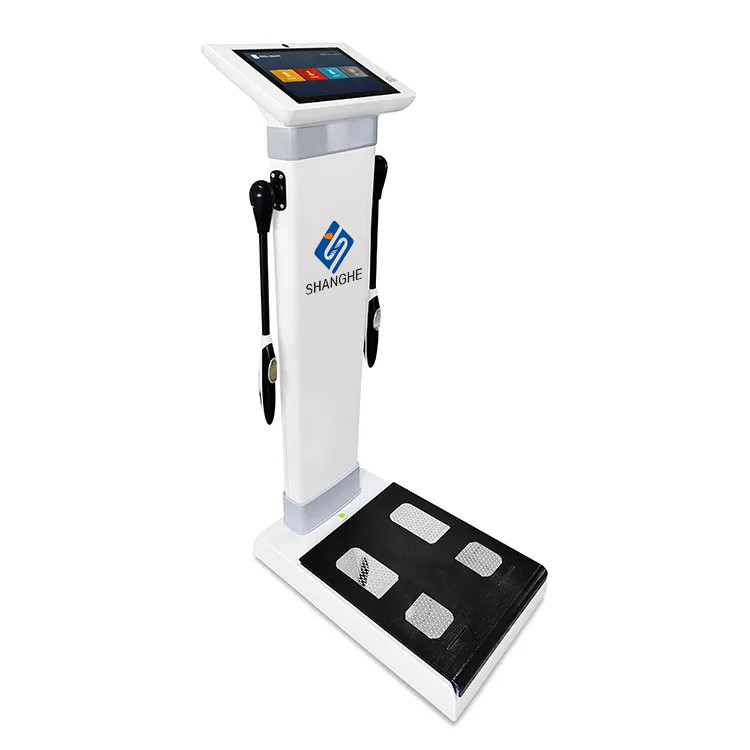The Truth About Personality Body Analysis in the US
The Truth About Personality Body Analysis in the US
Blog Article
In today’s world, where relationships go beyond words, learning about body analysis is becoming an essential skill for coaches and anyone who wants to understand human nature.
In this guide, we’ll explore main ideas of behavioral body analysis, covering common misconceptions. We’ll explain how reading body language can be used in coaching, helping you spot hidden emotions.
Let’s dive into the art of behavioral body reading, starting with how it helps decode personality.
Why Learn Behavioral Body Analysis
Character traits body analysis gives you an extra layer of understanding, helping in personal relationships.
Many professionals use behavioral body reading to improve coaching sessions. Therapists may observe body posture to detect emotional blocks.
Learning the science of body reading also enhances observation skills. By noticing subtle cues, you become more attuned to others’ needs and emotions.

Methods of Behavioral Body Analysis
There are several approaches within behavioral body analysis, each focusing on different aspects of the human body. One popular method examines face shapes to infer behavioral patterns.
In some therapeutic settings, body analysis is combined with touch or movement therapy, helping clients release physical tensions linked to emotional trauma.
Learning diverse approaches also helps you avoid bias by relying on multiple signals instead of a single interpretation.

Body Analysis in Practice
Applying behavioral body reading in real life starts with observation. Begin by noticing eye contact in different contexts.
In professional settings, body analysis helps build rapport and improve communication. Sales professionals may observe a client’s facial tension to gauge interest or resistance.
Practicing behavioral body analysis also helps in personal relationships. By paying attention to loved ones’ gestures, you may notice stress or emotional needs earlier.
Common Myths About Body Analysis
A frequent misconception about behavioral body reading is that it’s a guaranteed method for knowing what someone feels or thinks. In reality, physical cues must be interpreted within context.
Ethical practitioners of body analysis know it’s about observation, not judgment or labeling.
A third misunderstanding is that body reading is only useful for professionals like psychologists or detectives. In truth, these skills benefit anyone seeking better communication and awareness.
The Body Explains: A Modern Approach
The “body analysis explains” approach gained popularity by connecting characteristics with emotional responses. This method teaches that our bodies tell a story.
In “body explains” practice, professionals observe specific zones and map them to psychological traits.
By learning how the body expresses subconscious patterns, individuals gain insight into their behavior and relationships.
Ethical Considerations in Body Analysis
Practicing behavioral body reading ethically means respecting privacy and avoiding stereotyping. Observing someone’s body language or traits doesn’t give license to diagnose them without consent or dialogue.
Practitioners need cultural humility and awareness to avoid imposing biased interpretations.
When sharing insights from behavioral observation, it’s crucial to invite dialogue rather than declare facts.
Building Competence in Behavioral Body Reading
Over time, you’ll sharpen your ability to detect subtle cues and contextual signals.
It’s important to stay humble, knowing that no single signal tells the whole story. Observing clusters of signals gives a more accurate reading.
The goal isn’t to “catch” people hiding things but to understand human behavior more deeply.

Conclusion: Is Body Analysis Right for You?
Whether you’re a business leader, learning to read the body opens new dimensions of communication.
We’ve explored approaches of body analysis, from traditional physiognomy.
Let the process inspire curiosity, empathy, and openness as you unlock the silent language of the human body.
FAQ About Body Analysis
What does body analysis mean?
It involves studying how the body expresses subconscious tendencies and communicates beyond words.
Is body analysis difficult to learn?
While it takes patience and observation skills, you don’t need professional certification to start applying it in daily life.
Is body analysis 100% accurate?
It provides clues and patterns but must be contextualized and combined with dialogue.
Is body analysis useful for work?
Yes, body analysis has applications in coaching, therapy, HR, leadership, and sales.
How is body analysis different from reading body language?
Think of body analysis as a broader umbrella, with body language reading as one component of it.
leitura corporal Report this page